Greek art has been acknowledged as a major influence in art history in every class I have taken at Rhodes. Art students and masters alike are encouraged to look at the Greek precedent in architecture, sculpture, and pottery as the cultural peak of art. We can infer that Greek artists were inspired by religion, literary tragedies, historic battles, and the human form. While some scholars believe the lack of landscapes in Greek art stems from a general desensitization to natural beauty, there are still notable works which have been influenced by nature (Hurwit 35). In his exploration of Greece spanning from the 1950s through the 1980s, Hugh Sackett captured some two hundred plus photographs of his sites, a large majority highlighting the natural beauty of the land.
The following images show early Greek art with depictions of floral motifs, rocky landscapes, and animals. Much like Sackett, these artists were able to take the places around them home in various forms of frescos, pottery, or coins. The animals and plants that we see are not simple decorations, but oftentimes carry religious or cultural significance (Chapin 56). Whether they are highly naturalistic depictions or distorted abstractions, Sackett believed that nature deserved to be documented and it is our duty to offer further introspection.

Our first image of the natural world which Sackett's eye was drawn to is the Regale Lily. The lily flower we see here is echoed in the walled frescos of the Delta building at Akrotiri, Thera. The room is appropriately called "Room of the Lilies" or "Spring Fresco". Where the Regale Lily is characterized by its striking white bloom with blushes of pink at its petal tips, the lilies in the fresco are a bright Red.
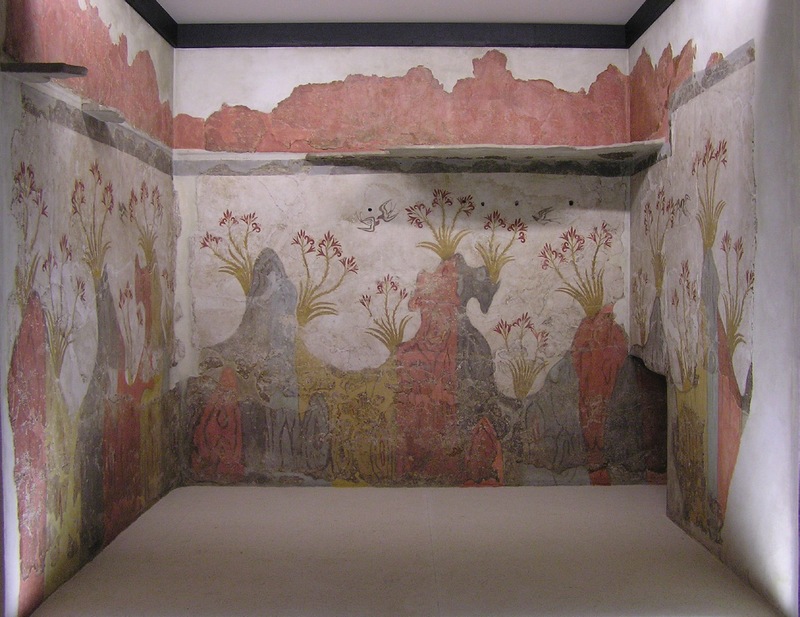
The upright stance of the lilies in this fresco is an unusual characteristic specific to white lilies which brought scholars to question the botanical precision of the artist. It was speculated that the red coloring on this fresco was added as a convenience to ensure they would be seen on a light background (Hollinshead 352). Meaning Sackett may have captured a flower which directly inspired this historic piece. The lily as it is depicted in these frescos is also thought to have a religious meaning, potentially symbolizing the coming bounty of spring.
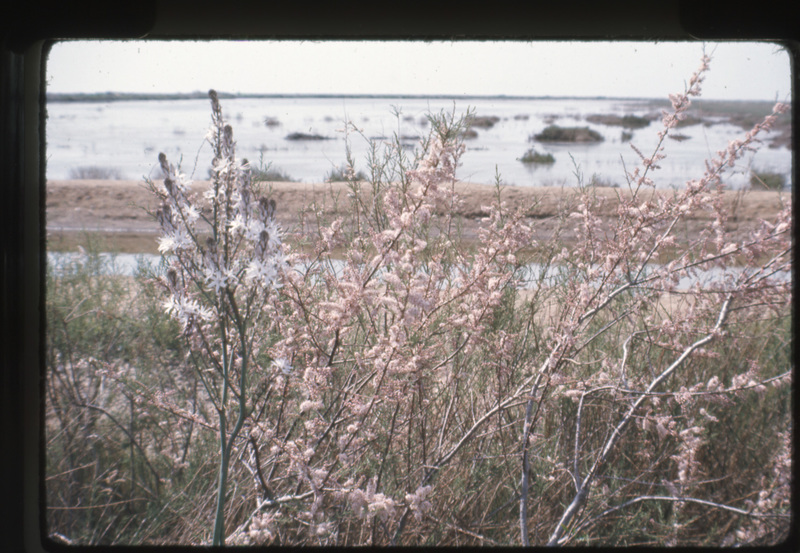
Sackett's picture of the flowers at the Salt Pans at Missolonghi shows the wildness of nature in this place. The flowers are overgrown, which is why this kind of image would not be seen directly in Greek art as Greeks loved symmetry and feared "all that was disorderly, unbalanced, and rugged (Hurwit 35).
While it's true Greek art favors the symmetry of human forms, as we can see in the lily above, nature has a divine symmetry of its own (Hurwit 34). The Greeks do not wholly ignore this truth as we can note in the Silver Stater of Metapontum. The ear of barley imprinted on this stater's center is balanced by Greek letters to the left, and a plow to the right (Artstor). It is a perfectly symmetrical plant, mimicking what you would see of a grain found in nature.
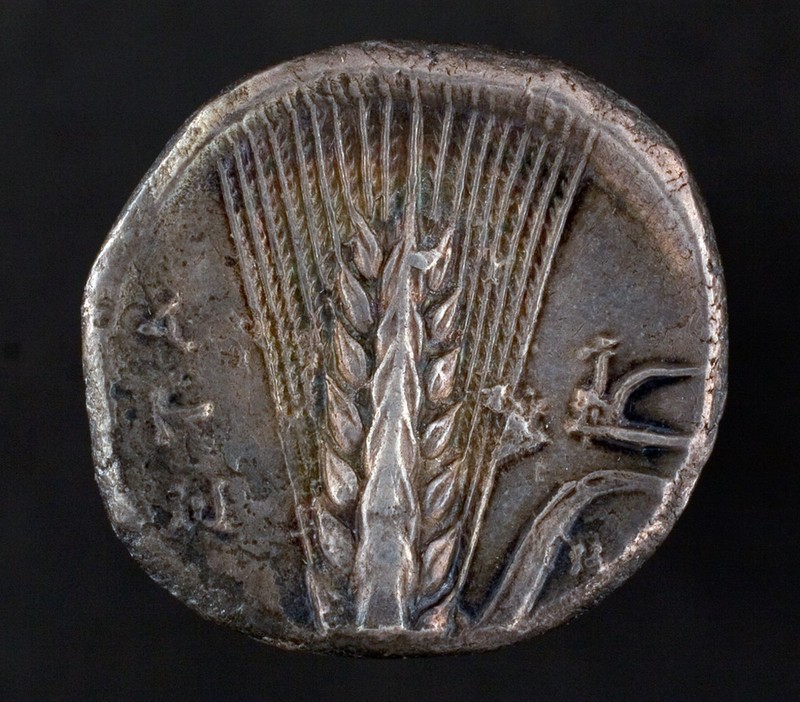

In our second example we overlook a scenic view of Ithaca. The mountains stand triumphant in the background as a donkey grazes on the grass between the trees. Where this may be seen as a simple look at landscape, Sackett has unconsciously (or consciously) recorded an image which recurs in Greek art. Animals, mountains, and water appear in the nilotic scene of the Nile Mosaic (Barrett).
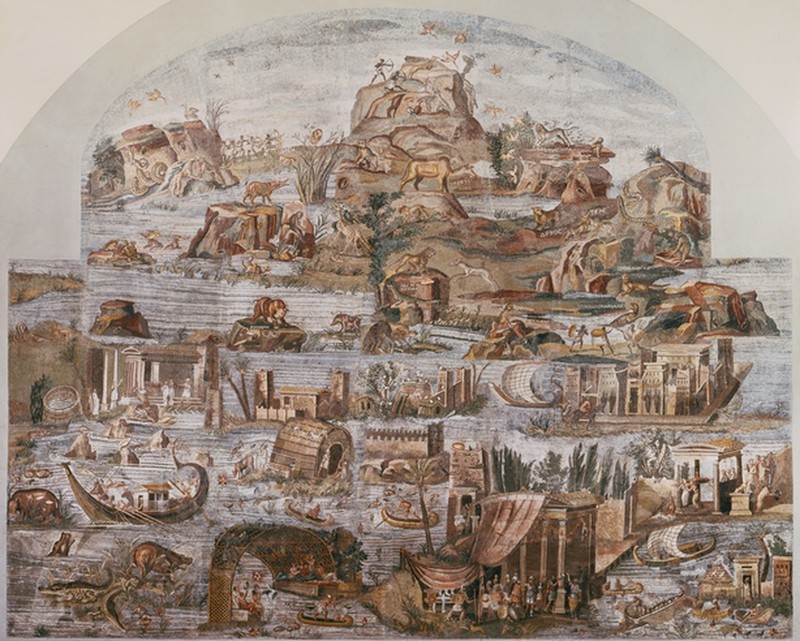
The Nile Mosaic depicts the river as it winds through valleys and various landscapes. The lush foliage of this rich land is a lovely culmination of the works we have already examined. Where the other images did not have a specific space, this is clearly a celebration of the Nile. It speaks to the idea of topophilia, or “the affective bond between people and place” (Hurwit 33). Animals and mountain scapes (similar to Sacketts image) observe and coexist with man.

While not a direct relation to the work on the left, this scene of a stunning Eretria sunset is a perfect end to our appreciation of Sacketts discovery of the natural world. It’s rich red and orange coloring are reminiscent of the red-figure pottery which was popular in Greece. Red figure is a pottery technique in which figures and other images in orange or red stand out against a black background (Herbert 2). An inverse of the dark boat against the striking sky.
This red figure Kylix is a typical example of subject matter that we would see in Greek art. Athena, Zeus, Ganymede, and Hestia drink and feast together on this first register, each figure crowned in vegetation. The limitations these artists had in their color pallet required creativity in order to make the piece more ornate (Hurwit 41). The second register plays with floral motifs and adds a lovely subtle volume. As we have seen in this final piece and in all our works—and I’m sure Sackett would agree—there is always a space for nature in art.
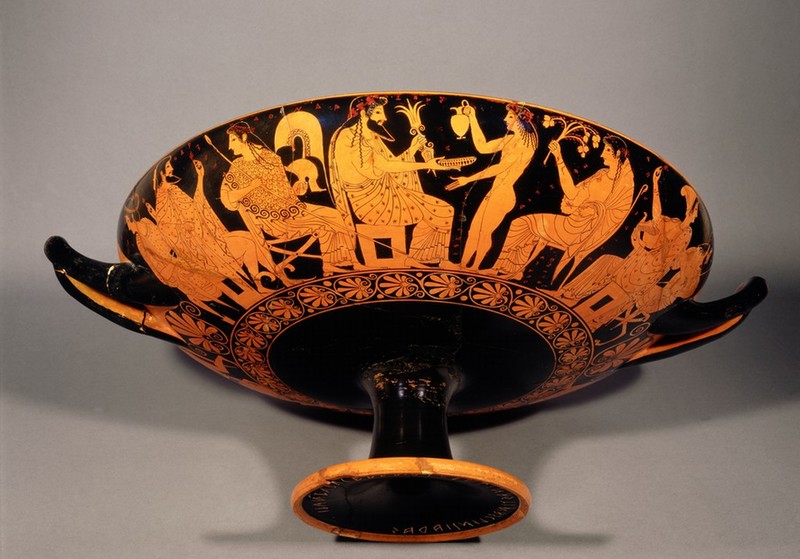
Molly O'Neal '22